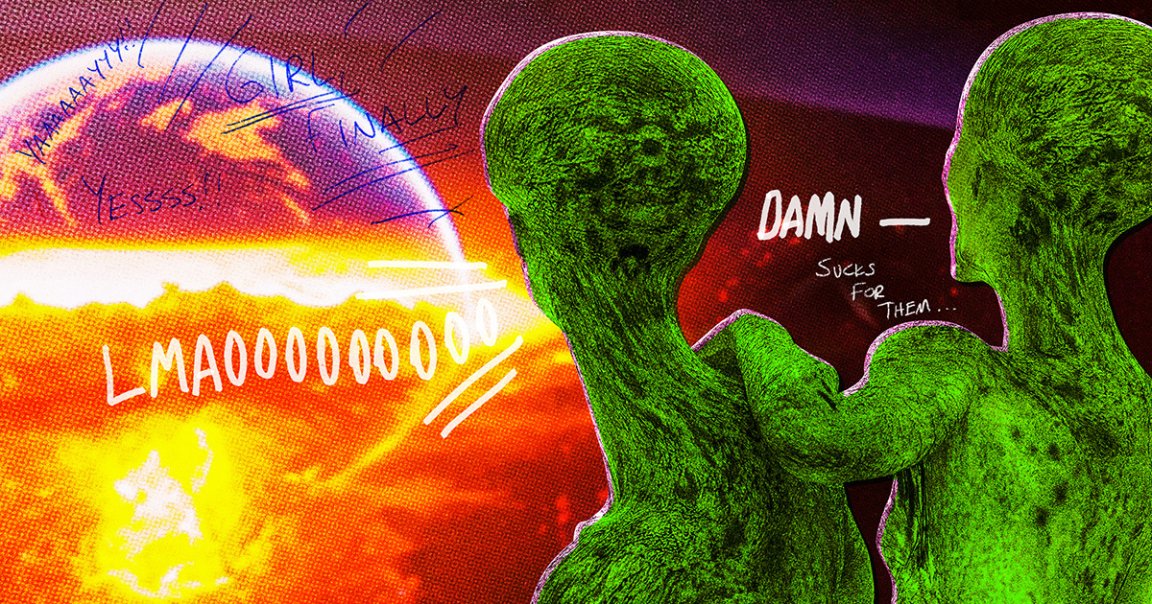
The potential city-killer asteroid that could strike our planet in 2032 is looking more foreboding by the week.
Spotted just after Christmas, the initial odds of the skyscraper-sized space rock, dubbed 2024 YR4, smashing into Earth was put at roughly 1.2 percent, or a 1 in 83 chance. Then it was upgraded to 2.1 percent, or 1-in-48, last week.
And now, the latest analysis from NASA has raised the odds yet again. The likelihood of a collision is currently estimated to be 3.1 percent, or about a 1-in-32 chance, according to figures from NASA’s Center for Near Earth Object Studies — nearly three times the initial prediction.
These are still slim odds, but they don’t feel slim enough. With estimates putting it between 130 and 330 feet in length — a pretty broad range, underscoring how little we know about the asteroid at the moment — YR 2024’s impact could potentially unleash an explosion 500 times as powerful as the atom bomb dropped on Hiroshima, per Wired, at the upper end of the size range.
And based on the asteroid’s current trajectory, the “risk corridor” illustrating where the object could crash stretches across the Pacific Ocean, with countries ranging from Ecuador to India lying in its damage path.
This extent of the carnage assumes that 2024 YR4 is as large as it appears — and doesn’t plunk into the ocean (where it could still cause a formidable wave), which makes up nearly three-fourths of the Earth’s surface.
At any rate, these visions of city-wide destruction may be extremely premature, even if the odds of planetfall have increased.
“Just because it’s gone up in the last week, doesn’t mean that it’s going to continue to do that,” Hugh Lewis, an astronomer at the UK’s University of Southampton, told New Scientist.
The asteroid is still only ranked at 3 on the 11-point Torino Impact Hazard scale, meaning that it’s big enough — and will pass close enough — to warrant our attention, but is by no means a guaranteed hit. The numbers we’re seeing now may simply represent temporary fluctuations.
“No one should be concerned that the impact probability is rising. This is the behavior our team expected,” Paul Chodas, director of NASA’s Center for Near-Earth Object Studies, told The Associated Press. “To be clear, we expect the impact probability to drop to zero at some point.”
The window for observing 2024 YR4 will close in April, when it flies behind the Sun. It won’t reappear until 2028, at which point we’ll hopefully have a far better picture of where it’s going to end up. In the meantime, astronomers hope to use the James Webb Space Telescope and other powerful observatories to glean as much data on the asteroid as possible before it performs its solar disappearing act.
“That will help us determine what we need to do about it, because if it’s a stony asteroid, that’s very different from a high proportion of iron-metal asteroid,” Lewis told New Scientist. An iron-heavy asteroid would cause more damage, because it wouldn’t break apart on impact, he explained. “The mass makes a huge difference in terms of the energy and whether or not the atmosphere has an effect on it.”
More on space rocks: Video Shows Meteorite Smashing Ground Right Where Man Had Been Standing